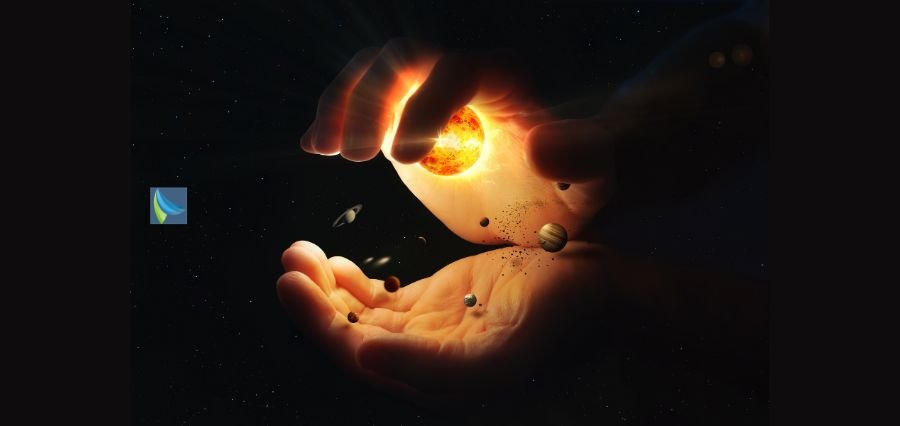The Universe is a huge vastness with everything from the smallest subatomic particle to the biggest galaxy stretching for billions of light-years. It is the final frontier, where science and philosophy converge with fantasy in trying to determine the origin of the universe and our position in this sea of space. Since the dawn of time, human beings have been fascinated with the size of the universe and curious about why it was made, how it works, and where it is leading us into the unknown. As technology and science continue to advance further each new day, our knowledge of this cosmic strand becomes stronger, revealing a truth much more incredible than ever thought before.
The Beginning of The Universe: How Everything Started
The Big Bang Theory is the most well-known theory of how The Universe was created, and it says that 13.8 billion years ago all the matter and energy had been squeezed into an infinitely small singularity. The singularity really did expand very rapidly, and the universe was created into galaxies, stars, and planets.
Scientists press on with investigating cosmic microwave background radiation—the Big Bang’s faint light—no matter what else they have found. With each new finding, our understanding becomes richer, sparking controversies of whether our universe is finite or part of a multitude of universes in a multiverse. This search for our cosmic origins not only answers basic scientific questions but also provokes profound philosophical questions about why the universe exists at all.
The Structure of The Universe: Galaxies, Stars, and More
Essentially, The Universe is structured in hundreds of millions of galaxies with billions of stars. The Milky Way is only one of them, and they also have planetary systems like our solar system. Through advanced telescopes and space exploration, galaxies were found not to be immobile; they drift away from each other, indicating the universe’s continuous expansion.
Dark matter and dark energy, the universe’s most elusive ingredients, make up approximately 95% of the universe’s content. They are invisible and traceless to the standard equipment and determine the universe’s shape and push it. Their unseen shaping of the universe reveals how much more is yet in the dark and fascinates the astrophysicists’ and physicists’ world.
The Use of Time and Space in The Universe
The Universe is not static—it changes with time. Space-time, a term coined by Einstein’s theory of relativity, merges space and time into one continuum that gets curved by huge bodies like stars and black holes. That is, bodies do not merely pull each other towards themselves through gravity; in fact, it curves the fabric of space-time.
Black holes are the best metaphors for such warps, where gravity is so powerful that they trap even light. These mysteries of the cosmos are beyond our current physics and make one question very profound things about whether they provide any indication for parallel universes or wormholes.
The Future of The Universe: Expansion and Beyond
Its ultimate fate is not known. There are numerous speculations that it will simply continue to expand and expand indefinitely, eventually cool and disperse in the so-called “heat death” theory. Others suggest that it will end up in a cycle where the universe someday will collapse inward onto itself, conceivably creating another Big Bang-like event.
The cosmology of the time also leaves afloat the possibility of the multiverse, whereby our universe is merely one of several other universes with varying physical laws and realities. The theory rewrites the boundaries of science and philosophy and challenges us to consider whether our universe is just one cosmic accident or part of a cosmic eternity.
All its majesty notwithstanding, The Universe is close to us too. The same atoms that make up our bodies were smelted in the star nuclear forge of distant stars and returned man to the universe in an unbreakable union. With every new advance in astronomy and space travel, one learns more, one grows more in wonder and awe.
As we venture deeper and deeper into the universe with instruments such as the James Webb Space Telescope, our own knowledge of the universe—and our place within the universe—will be altered accordingly. These ventures into the universe also lead us to consider that even though we are a small part of this vast universe, we are also the means by which it comes to know itself.
Final Thoughts
“It’s a Theory, but it’s a wonderful story of life, of time, and of unlimited potential. From unknown beginnings to unknown tomorrow, it’s an infinite source of wonder and discovery. The more we learn, the more we not only unveil the secrets of the universe but come to know us better.”.

